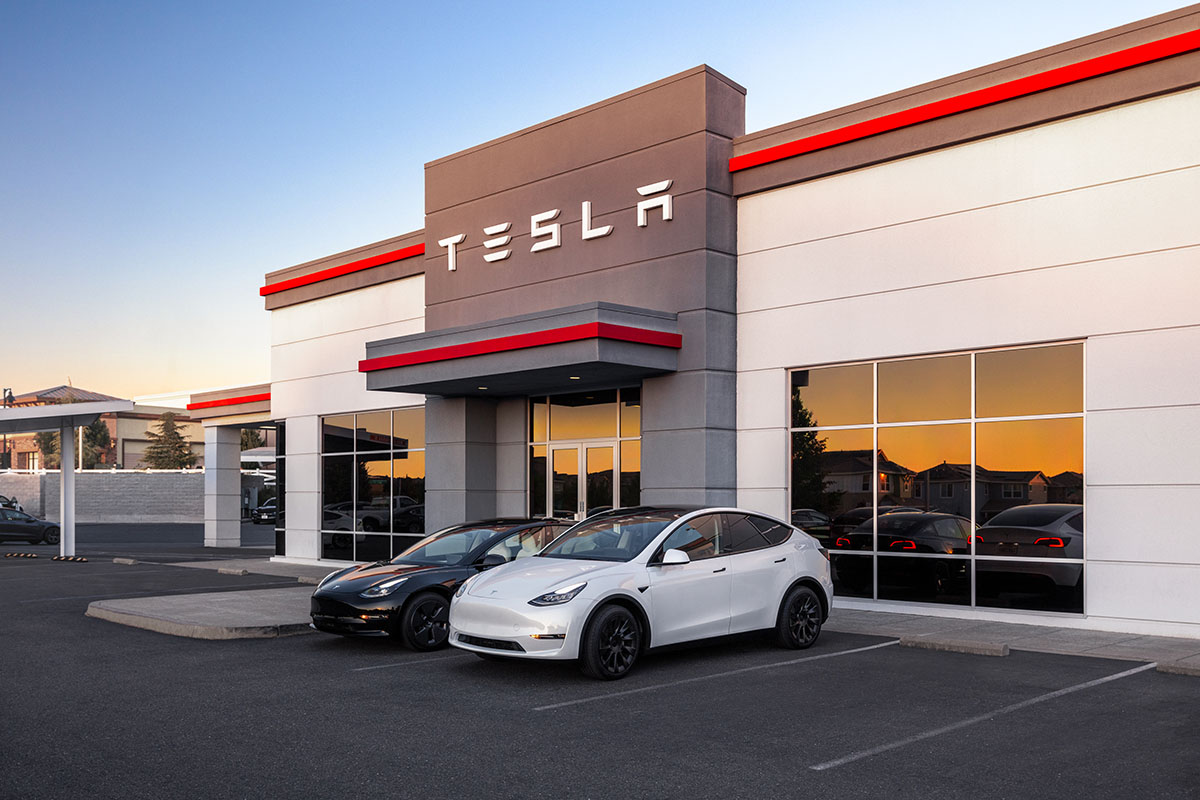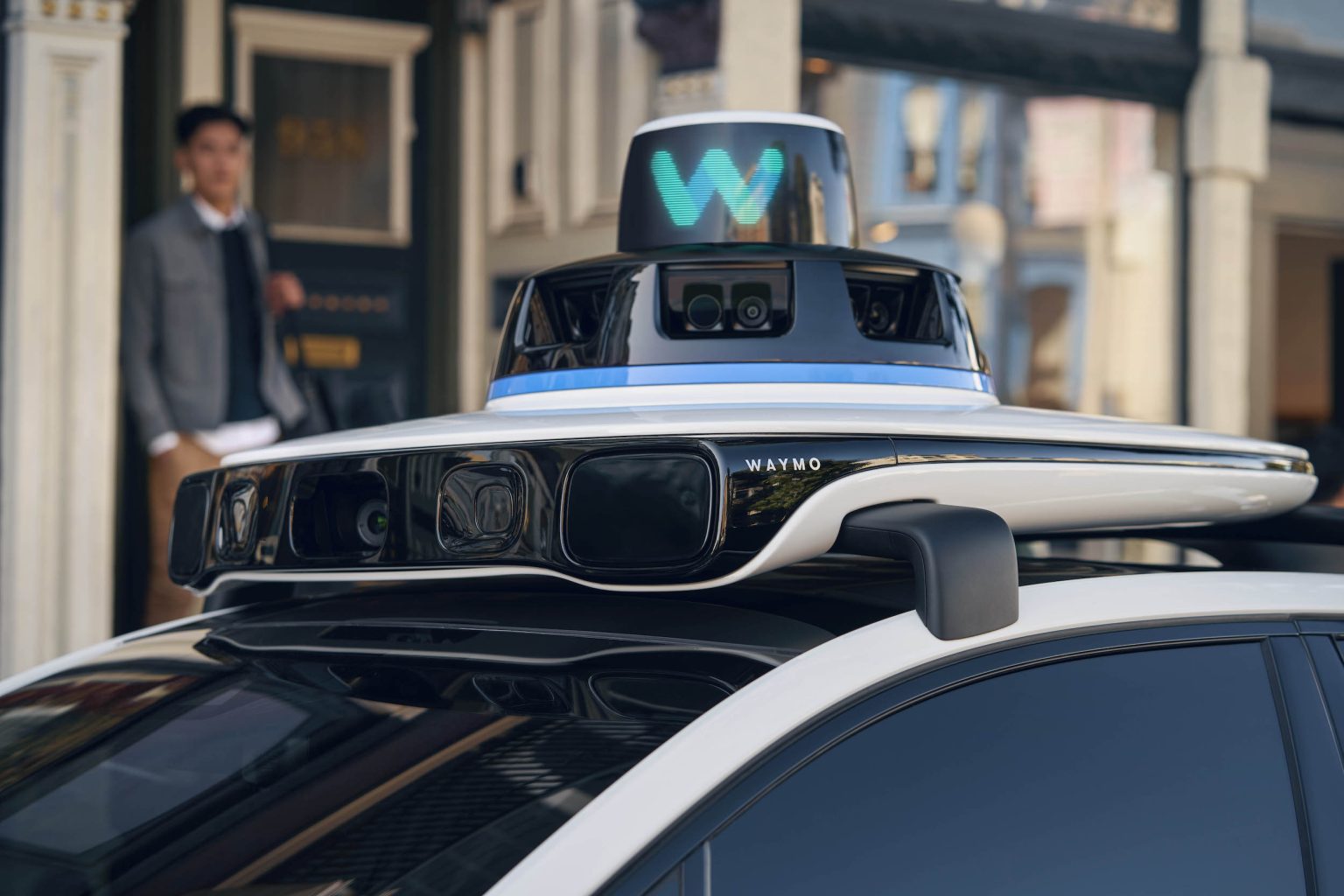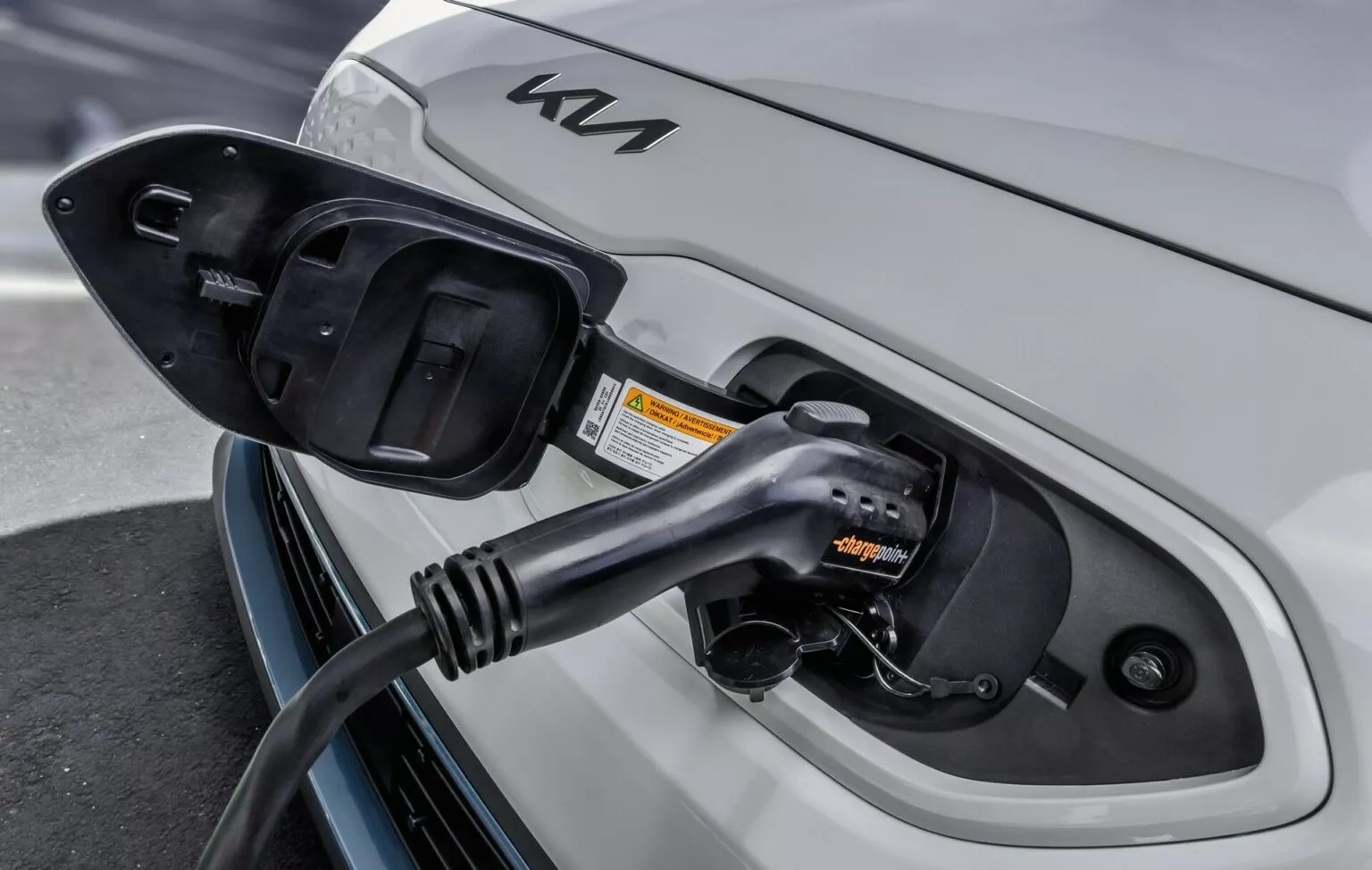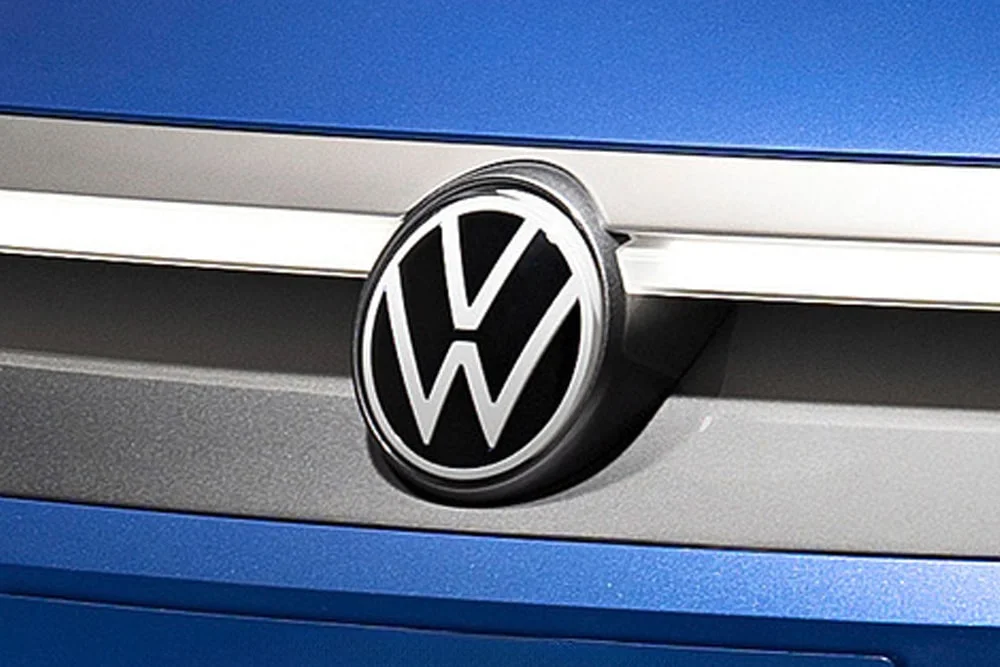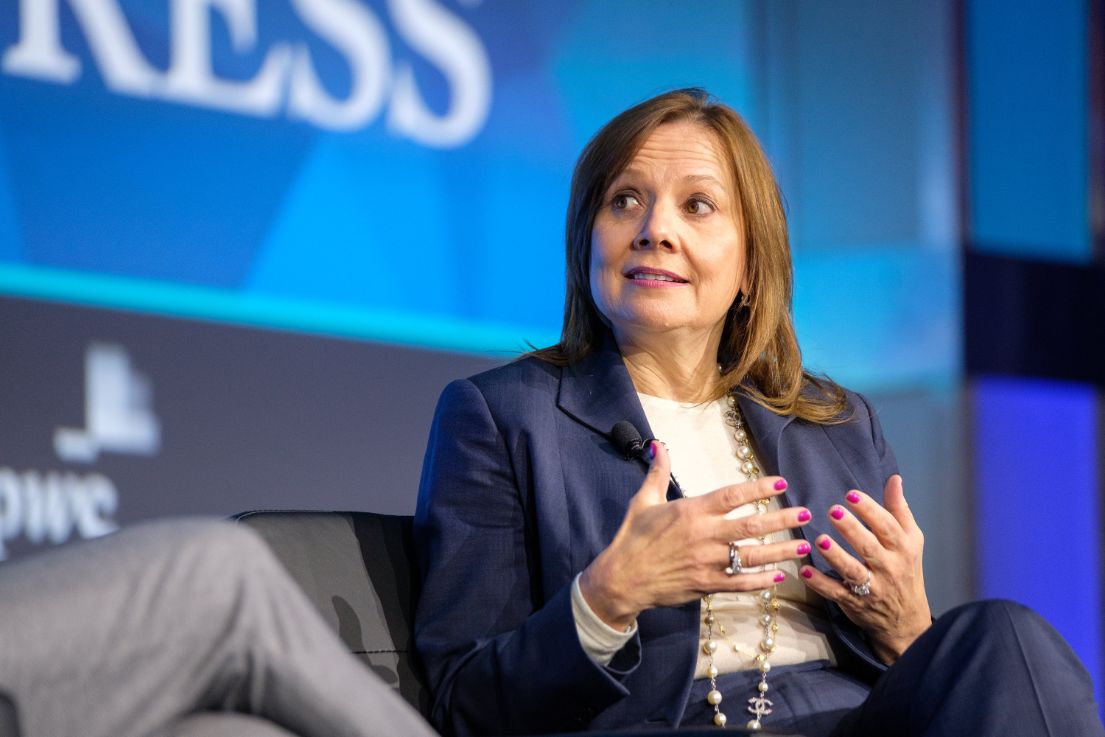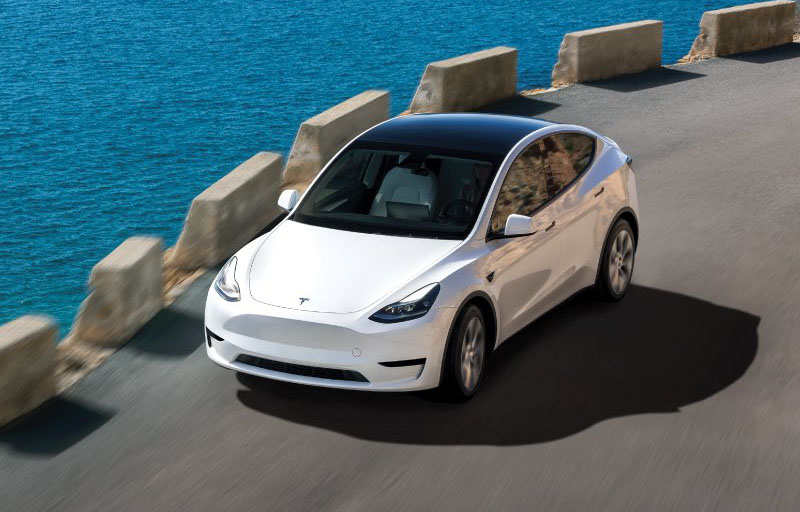In a strategic shift, Tesla has veered away from its ambitious goal of delivering 20 million vehicles annually by 2030, as outlined in its latest impact report. The company, led by CEO Elon Musk, had previously set its sights on this target, which would have doubled Toyota’s current sales figures, the world’s largest automaker.
The electric vehicle (EV) giant has altered its course by canceling plans for an anticipated $25,000 model, emphasizing instead its commitment to autonomous driving technology and the imminent launch of its robotaxi. Musk expressed enthusiasm for these developments, noting their potentially “profound” impact during a video-link appearance at the “Viva Technology” conference in Paris.
Tesla’s revised strategy includes advancing the launch of new models, including more affordable cars, potentially as early as late 2024. However, the company intends to utilize existing product lines for these affordable vehicles, rather than investing in new facilities, resulting in more modest cost reductions and volume growth than previously anticipated.
“A healthy proportion of Tesla’s 2030 goal would have been the company’s hitherto longstanding promise to introduce affordable cars at the $25,000 mark,” remarked Sandeep Rao, senior researcher at Leverage Shares, a Tesla shareholder. “While the company currently promises to introduce ‘more affordable’ models in the future, this doesn’t necessarily equate to cars costing $25,000 being rolled out.”
Despite these strategic shifts, Tesla has faced challenges, including a 3.5% decrease in share value on Thursday and a 30% decline year-to-date, attributed to slowing growth in EV demand and heightened competition. Sales growth in 2023 fell short of the long-term annual target of 50%, prompting Tesla to warn of notably lower delivery growth for the current year. This trend was underscored by Tesla’s first year-on-year sales drop in nearly four years during the January to March period of this year.
In response to market dynamics, Tesla has undergone restructuring efforts, including a workforce reduction of over 10% and the dissolution of the Supercharger team. Despite these changes, the company’s fast-charging network maintained an uptime of 99.97% in 2023, its highest level in at least five years. However, concerns linger among analysts and former employees regarding the potential impact of these layoffs on the division’s performance.
Notably, Tesla’s 2023 impact report did not include a comparison of its workforce diversity to other companies, nor did it affirm that a majority of its employees are from underrepresented groups, marking a departure from previous reports.

